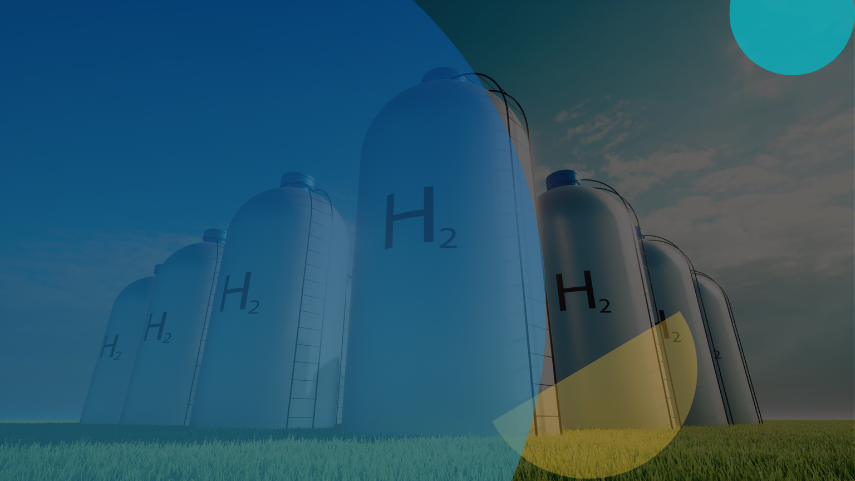
An Urgent Need for Carbon-Negative Packaging Solutions
The R&D head of a leading food company sought carbon-negative packaging solutions, focusing on materials, processes, and key players in the value chain.
With growing regulatory pressures and increasing consumer demand for sustainable products, their current packaging solutions were becoming a liability. The R&D head had to identify packaging solutions that reduced their carbon footprint. Though he was aware of the solutions offered by multiple companies, the R&D team struggled to gauge which company could provide the solutions within the next 2-3 years.
The R&D head needed details of the available solutions in terms of –
- materials and/or processes currently in the research phase that can be used for making carbon-negative packaging for the food industry in the next 2-3 years.
- Commercialized materials and/or processes for making carbon-negative packaging in parallel industries (e.g., cosmetics).
Further, details about parameters such as material sourcing, net emission in manufacturing, feasibility with their products, strength, and durability of the material, etc., were needed to plan the company’s transition to sustainable packaging without compromising cost or performance.
Leveraging Life-cycle Assessments to Find Promising Solutions
The result enabled the R&D head to provide the board with data-driven suggestions for sustainable packaging solutions. They were equipped to enhance their environmental credentials by leveraging our detailed life cycle assessments, competitor analysis, and practical recommendations. These recommendations were based on various carbon-negative packaging application areas and ensured regulatory compliance. Implementing these solutions also opened opportunities for cost savings and strengthened their brand image as an environmentally conscious company.
Key Findings from the Research
The in-depth analysis of various materials and processes that can significantly reduce the carbon footprint across the packaging value chain revealed two key findings-
- Companies extensively use sugarcane to prepare carbon-negative packaging materials, absorbing -3.09 kg CO2e/kg over its lifecycle.
- UBQ™ Materials: Converts municipal solid waste into composite thermoplastic material, preventing methane emissions and achieving a Global Warming Potential (GWP) of -11.69 kg CO2-eq per kg of UBQ™ material.
- Orange Peel waste, when dried, is just as robust and flexible as plastic, with the additional advantage of being biodegradable. However, manufacturers must stabilize conservation immediately after production to prevent bacteria and fungi from forming. The project is still in the testing phase.
Research Process- How did GreyB Help?
Identifying Materials and Processes
- We discovered methods from various industries, such as reducing packaging waste, using renewable energy, and utilizing sustainable ingredients.
- By identifying ~20 sources, including published papers, annual reports, and patents, and using ~85 search keywords categorized into *three tiers, we identified a broad range of materials and processes suitable for developing carbon-negative packaging. These included sugarcane, corn, bamboo, and cork, as well as processes such as using CO2-absorbing materials and feeding greenhouse gases to microorganisms.
*The Tier 1 search focused on direct keywords like “carbon-neutral” and “carbon-negative,” Tier 2 focused on materials that absorb CO2, and Tier 3 explored cross-industry solutions.
Evaluation and Analysis
- A crucial aspect of this project was fully comprehending the proposed alternatives’ Life Cycle Assessment (LCA). A thorough examination of carbon emissions at each stage, from sourcing raw materials to customer usage, determined the suggested materials’ net carbon emissions at every stage of the supply chain. For instance, sugarcane used by Each & Every in its cosmetic packaging absorbs CO2 throughout its lifecycle.
- Further, searching for alternative materials and processes, such as carbon-negative raw materials, carbon-adsorbing printing inks, and designs that reduce transportation emissions, provided promising solutions. For instance, Bolder Industries focused on BioCarbon™, a carbon-negative filler material.
Structured Framework and Recommendations
- The compiled and organized data provided a structured framework to categorize potential solutions by impact and feasibility. As a result, the recommendations were classified into three tiers: Tier 1 for immediate implementation, Tier 2 for further research, and Tier 3 for modifying existing technologies.
- The detailed analysis of the suggested solutions included various aspects, including their characteristic advantages, life cycle assessment, commercialization, and scalability. For instance, PepsiCo has adopted UBQ™ materials in its logistical centers and expanded their use across the supply chain. They are cheap, recyclable, and suitable for dry contents, making them a practical choice for the retail and shipping industries.
Achieving carbon reductions throughout the value chain requires extensive due diligence of the processes involved and the emissions at every stage. Companies face several challenges:
- Analyzing their energy consumption and emissions to identify areas of improvement.
- Scouting renewable energy sources or materials to invest in green technology.
- Finding collaboration opportunities to reduce emissions and protect the environment.
If you want to implement sustainable solutions to achieve carbon reductions but cannot gauge the feasibility of the available options, fill out the form below to talk to our experts today.
Schedule a Consultation With Our Experts Today
Get in touch by filling out the form below












